-
Posts
706 -
Joined
-
Last visited
Content Type
Profiles
Forums
Gallery
Events
Posts posted by Mark Pearse
-
-
Hi Keith
beautiful. Also, your techniques were very well thought out.
On the prop, I agree with all you said except that you usually wouldn't need to remove the rudder to slip the shaft out: a scallop in the leading edge of the blade would give the space to slide it out with attached rudders like this.
Mark
-
Hi Hakan
for this model, are you doing the hull shape by eye - same as you described the actual builders did?
-
Yes from the picture I'd also guess some sort of fabric construction. I know nothing of these craft, but the artwork itself is interesting: they attempted accuracy, but it was before "scientific" art, "true" perspective etc so it does look a bit funny to us. They showed things in a stylised & perfected way, if it was fabric it was without breeze, dirt, disorder. I can't see the details well on the reproduction, but it possibly looks as if it can be open or closed on the bow side. A bit of shelter is always good on a boat & even better if it's adaptable, could it be as pragmatic as that?
-
-
Hi Vaddoc
I bought some 2mm birch 5 ply for the deck (or maybe 7 ply), beautiful stuff made in Finland, it did the double curve well but I used tiny screws to hold it down instead of clamping. The ply curved more easily on one direction than the other, which was used across the hull. A cabin structure - if your model has it - would also act as a break in the stiffness of the plywood & allow it to be more flexible. However, you don't seem to be afraid of a challenge, so maybe planking & canvas....
-
Hi Hakan
I was lucky enough to visit the Danish Roskilde viking museum & found myself chatting with one of their boatbuilders, as (you probably know) it's a living museum where they actively build replicas. I had heard that these boats are flexible & I asked him about it - he gave me a very graphic display of just how much these hulls are able to twist using one of the full sized replicas. If they are intentionally this flexible it is very hard to see how they could be carvel & keep the water out (just as you noted). The internal framing was so simple & light as well.
all the best, very interesting & enjoyable build
Mark
- Wintergreen, mtaylor, paulsutcliffe and 1 other
-
 4
4
-
thanks Dick, very interesting stuff. The space shuttles of their day. One question & one thought:
Would the mizzen halyard always be pulling straight downwards, or would the angle of loading vary?
When I look at the vangs, I wonder if they were also used to adjust the sheeting angle...in a modern boat to change the shape of the sail the sheeting point is adjustable so you can change the sheeting angle, but you could achieve the same thing by adjusting the angle of the mizzen spar between the forward tackle & the vangs, & flatten the sail or have it full & rounded. Just a thought.
Mark
-
looking good, & your house looks very nice too. I hope the older wooden houses are well insulated
Mark
-
-
thank you Egen, I appreciate your interest.
I'd previously thought the bowsprit looked good, but after looking longer it looked too thick - & also the entasis looked wrong. Rather than a straight taper it was a curved taper & thickest at the stem. So now it's looking better, but it doesn't really show in the photos. It's also finished now too, my usual technique of wiping with a rag dipped in varnish to give a satin finish. As with the other spars the timber is Kauri Pine.
The bowsprit cap fitting (correct name anyone?) is done as well, & that photographs well. The drama of shiny brass is interesting but I feel it makes the part look larger, so darkening it will have it looking a little less noticeable & a little more like a practical fitting.
The whisker stay chainplates are almost done as well. Simulated rivets, which will also help with fixing to the hull.
thanks, Mark
- mtaylor, egen, Wintergreen and 12 others
-
 15
15
-
lovely, it soothened my soul as well
Mark
- mtaylor, cog, Wintergreen and 1 other
-
 4
4
-
Hi Keith
that's an elegant & original design idea, I look forward to seeing it develop.
Mark
-
thanks John,
a good suggestion & I that's what I did initially on my sketch drawing of the rig. However, Cherub's bowsprit is very long as it was lengthened by about 350mm when we converted her back to a gaff rig, to improve the balance on a rig that was larger than the original (with the mast position staying in place, a larger main was going to worsen a weather helm that in polite company is called "heavy"). When I saw that length on this model, I realised that it was almost certainly longer than what would have been in Cliff Gale's mind when he penned this last iteration of the design, & decided that I had better stick to a length that was more historically consistent.
Mark
-
Hi everyone,
I've been working on the model boat but haven't posted due to some other projects.
Technical Advisor to my daughter on her build:
& repainting the 1:1 boat:
But on the model I've finished & mounted the gooseneck/spider band. The ageing of the brass is not entirely successful but can probably be improved by removing some.
The mast cap, bow side on the right:
& spreaders were painted silver to replicate SS. Not sure on that one either but we'll see
Bowsprit is shaped. From drawings that I drew it was quite a bit longer, but when I made it that size it just didn't look right - so I reduced it by about 300mm actual size. The boat design drawings don't give rigging, but I reasoned that it could be longish as the boat was designed for harbour racing with picnicking & some near coastal cruising - but not 'romantically' long. There's the temptation to do it solely on looks, & there's not many things that beat the visual flourish that a nice bowsprit gives to a yacht....so it was one of those decisions. Anyway, this is what I came up with:
I also reduced the height of the aft ends of the cutwaters, they were just too high, about 75mm actual is enough. It doesn't really show in the photo, but they taper downwards from the forward end.
And after some biblical-grade trials, the detail connecting the (bought) turnbuckles to the chainplates was completed. I'm thinking of a simpler detail for most other shroud end details, where the wire terminates at a tang with a hole.
Mark
- aviaamator, JerryTodd, G.L. and 12 others
-
 15
15
-
Hello Hakan
I look forward to this build, what a pretty boat. Looks like she'd sail well also.
PS does the bowsprit have a bobstay? It's quite light & looks to be bending up in the book cover photo -
Mark
-
Hi Vaddoc
with the planking, the timber (Huon Pine) is very supple so it was happy to flex across the planks & I was able to push a plank up against the next one. If I understand correctly, 'crown height' is deck camber? ie: the amount of curve? If that's correct, then yes it's got pretty flat decks, just a slight camber. I measured the height on a similar boat & set up the curve based on that, & all the deck beams have the same radius. The decks also curve up slightly towards the bow, I was concerned that the plywood wouldn't want to do that double curve, but I used some minute screws that were strong enough to hold the curves down while the glue went off.
The model scale is 1" to 1'. I got the deck shape from the half plan on the lines drawing, as copied below.
Thanks for complement on the painting. The underwater paint is a water based acrylic, matt finish. It took a few coats, but my main recommendation is to get brushing thinners, it will help to keep a wet edge when you paint. Quality brushes help a lot too, I use synthetic sable flat brushes, one about 12mm wide & one about 6mm wide. Using brushing thinners is a balance between opacity & the extra time that you get to 'join' the new paint to the old. I used the same technique that you use on a full sized boat - a series of vertical applications, starting at the bow or stern. Where each of the vertical strips meets the next is where the brushing thinners will help to avoid a visible overlap of paint. Another suggestion is Tamiya masking tape is worth getting for the boot top line & any masking jobs. I'm actually painting our yacht this week, I'll post some photos when it's done.
Hi Hakan,
nice to meet you. Well spotted, yes this boat is similar. The boat is the Sydney/Hobert was launched in 1931 & is also 28', & both were designed by Cliff Gale, this yacht was designed in the mid 1960s but never built. Maluka was designed for ocean voyaging, with stiffer lines & more buoyancy in the bows so the bows. This yacht is the last version of this design that Cliff did & was primarily for harbour racing & some cruising, so needed only to be able to deal with medium offshore conditions.
The introductory post for this build includes a couple of Maluka photos, & you can see how her keel is much deeper, & you might be able to see how how lines a much 'squarer' - to give additional righting moment from buoyancy.
Thanks for your kinds comments on the metalwork, I'm struggling with the rigging still but will have something to show for it in a couple more weeks.
Mark
-
sorry for the late reply to your comments - thanks both.
MNL: the design is basically a 1930s design (maybe even old fashioned in the 1930s), but a variant that was tweaked in the 1960s, so the last iteration of an earlier old fashioned (but successful) design. I'm going to replicate SS wire shrouds, & probably rope for the backstays - I'm really not sure if anyone used rope then as backstays but all of the gaffers I know use rope, spectra etc. For a 28' boat it will have a lot of sail area, probably more than a Mumm/Farr 30, short fat heavy boats both need it & can handle it.
Wallace2: Hi, thanks the model will be static. Since my last post above I've come across woven SS wire for jewellery, to scale at about 0.8mm diameter. Also, I have working turnbuckles that are nicely to scale. This is the progress, similar to the sketches but I integrated the bottom part of the turnbuckle with the rigging. The chain plates have also been done, as you can see.
I'm happy with the result
thanks, Mark
-
Real silk is destroyed by UV light, it will literally fall apart - as you found.
-
-
-
some progress: the shroud chain plates were finished & installed, & the mast base likewise.
I was hoping to do a simple & well scaled way of terminating the shrouds at the chain plates. The initial idea was as per the sketch below, but it didn't include the turnbuckles.
So I turned one end of the turnbuckle into the shaft of the T. Not quite finished, but it's a test run.
thanks, Mark
-
Hi Vaddoc
it sounds like the sanding sealer is the same thing as I meant. In your position I would consider doing the sealer & leaving the topcoat painting until you were sure that the movement had settled down. It's a big deal to do a final topcoat, & to wait a bit longer after doing the sealer coat might just mean the topcoat doesn't need to be redone. Best wishes for whatever you decide to do.
Mark
-
HI Vaddoc
she is looking good & will be a great model.
Have you thought about undercoat paint in collaboration with the filling? I would think that filled, sanded & undercoated the timber will be more stable.....having filled the gaps, you don't want the timber to go back fully to its original dimensions either. And a good undercoat will sand well, so that if you do need to resand where some filler might be pressing out a little, you can easily do that.
Mark
-


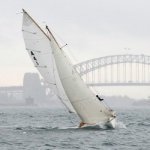
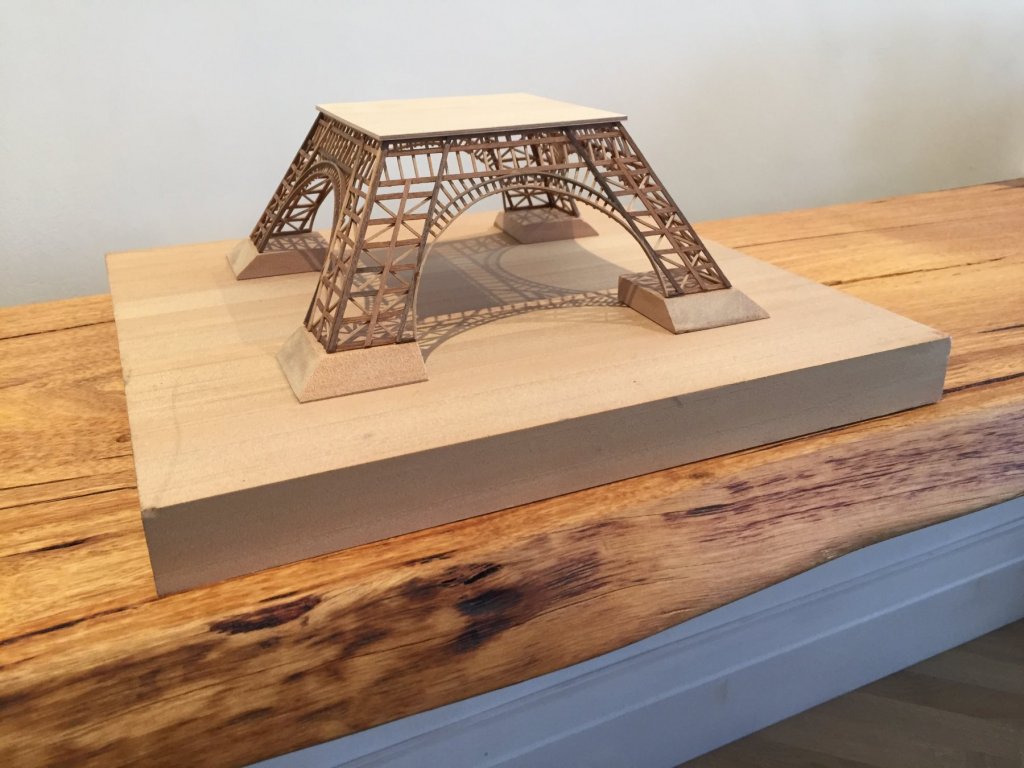
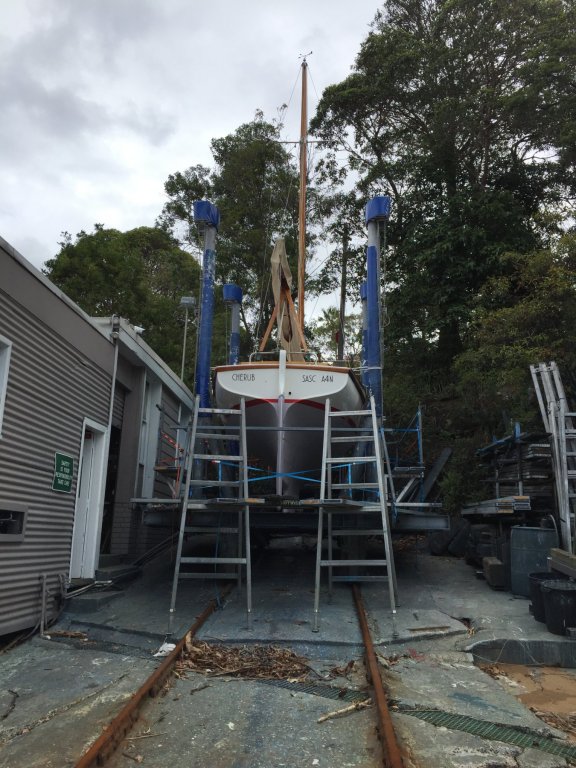
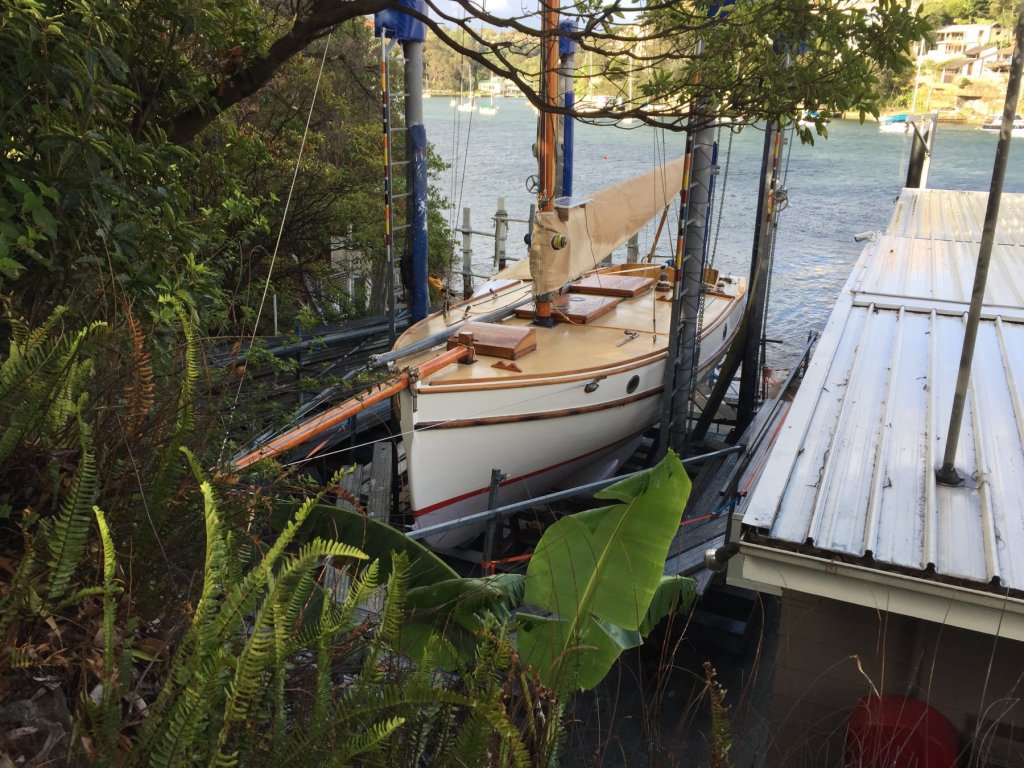
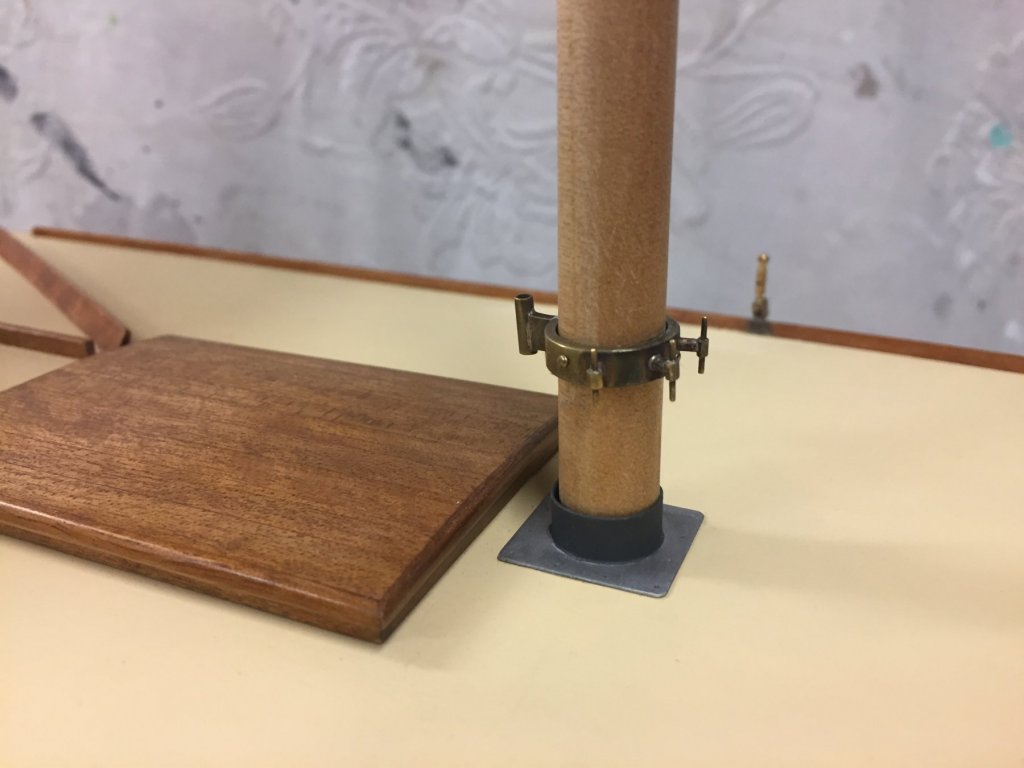
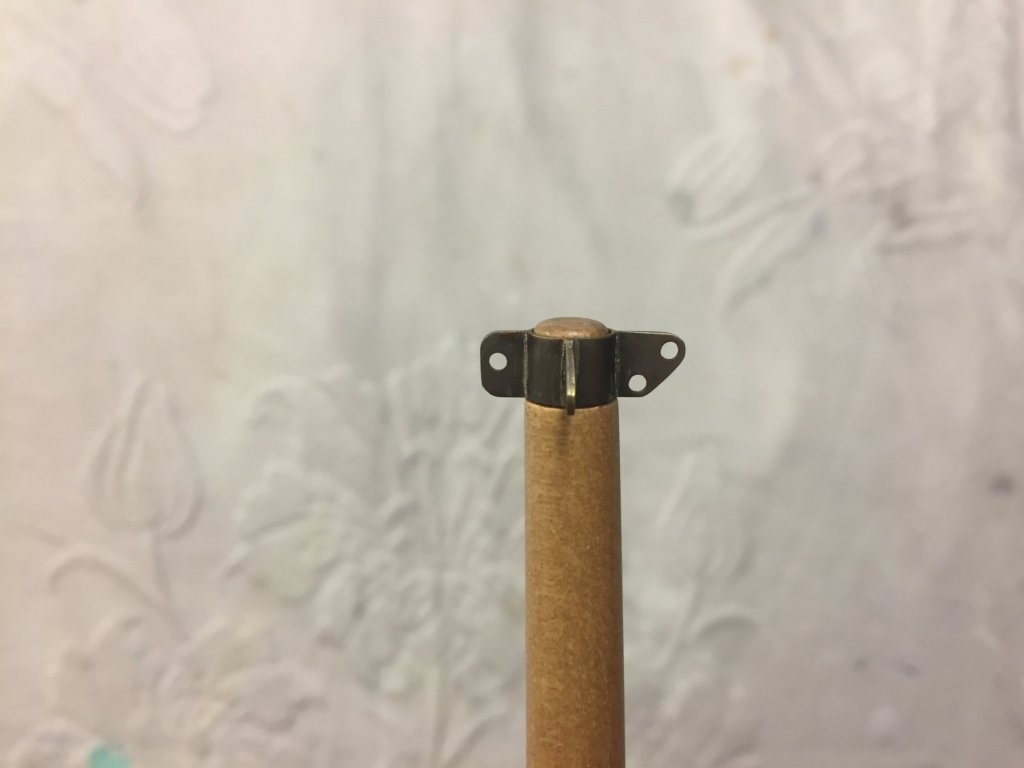
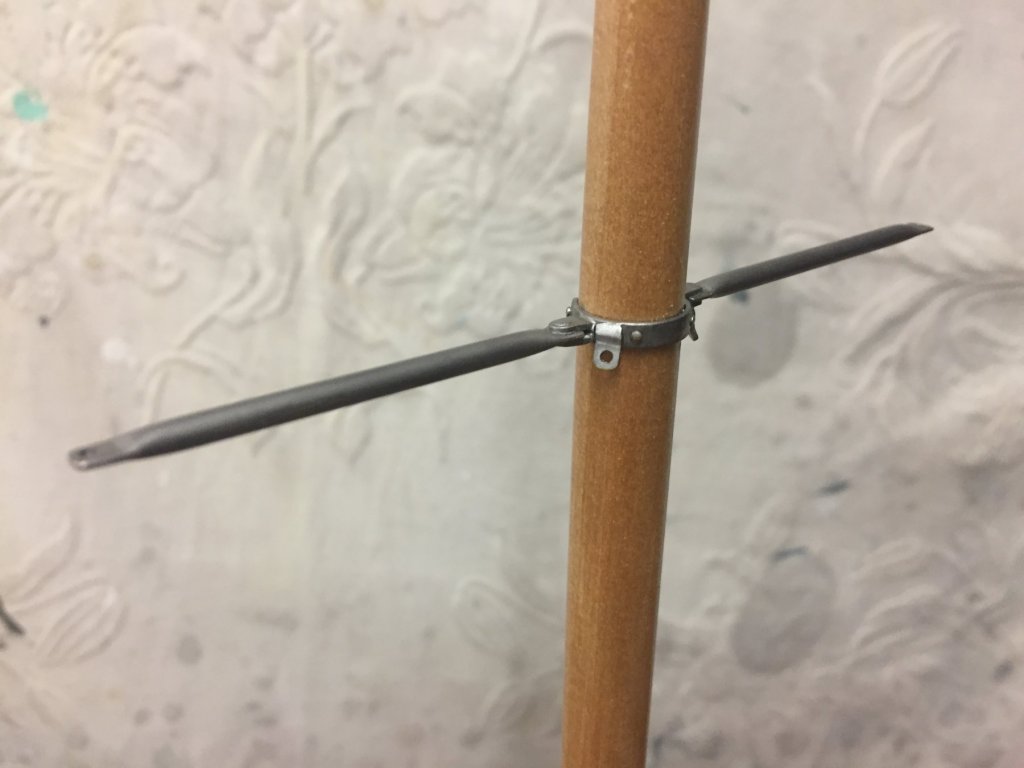

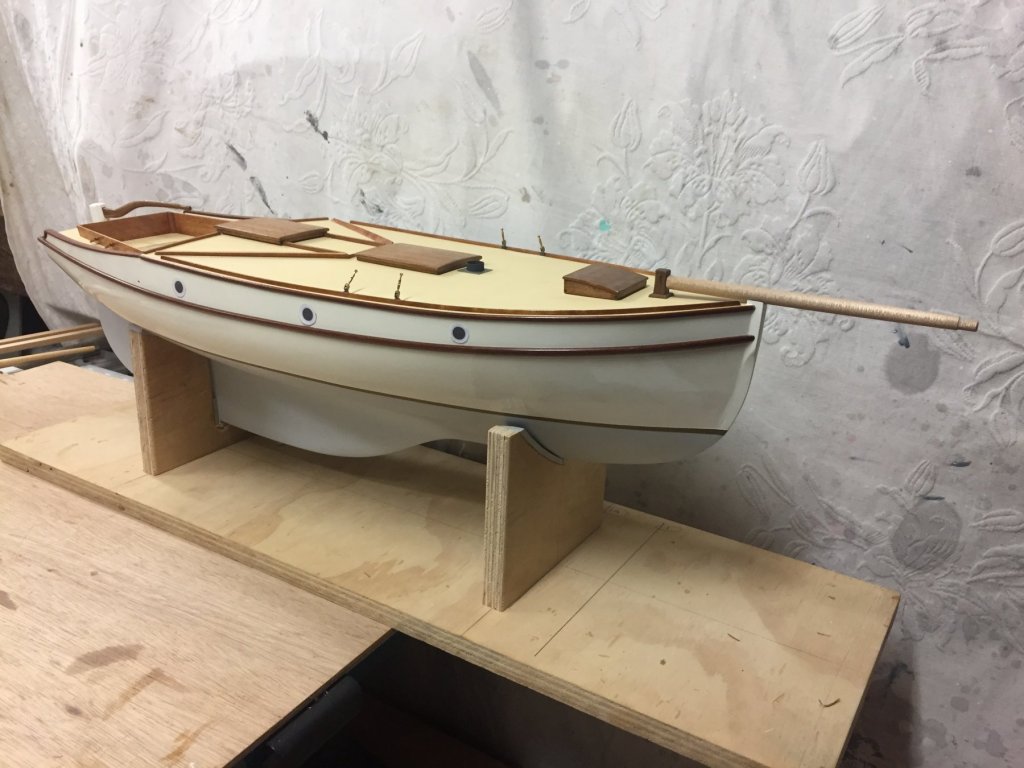
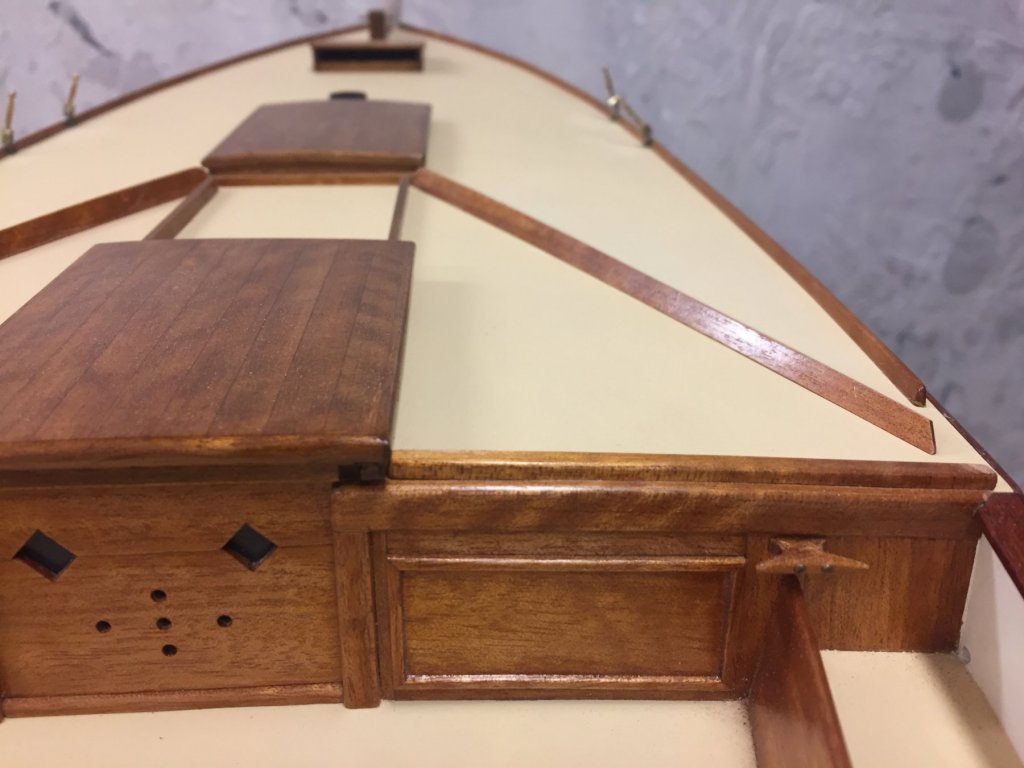
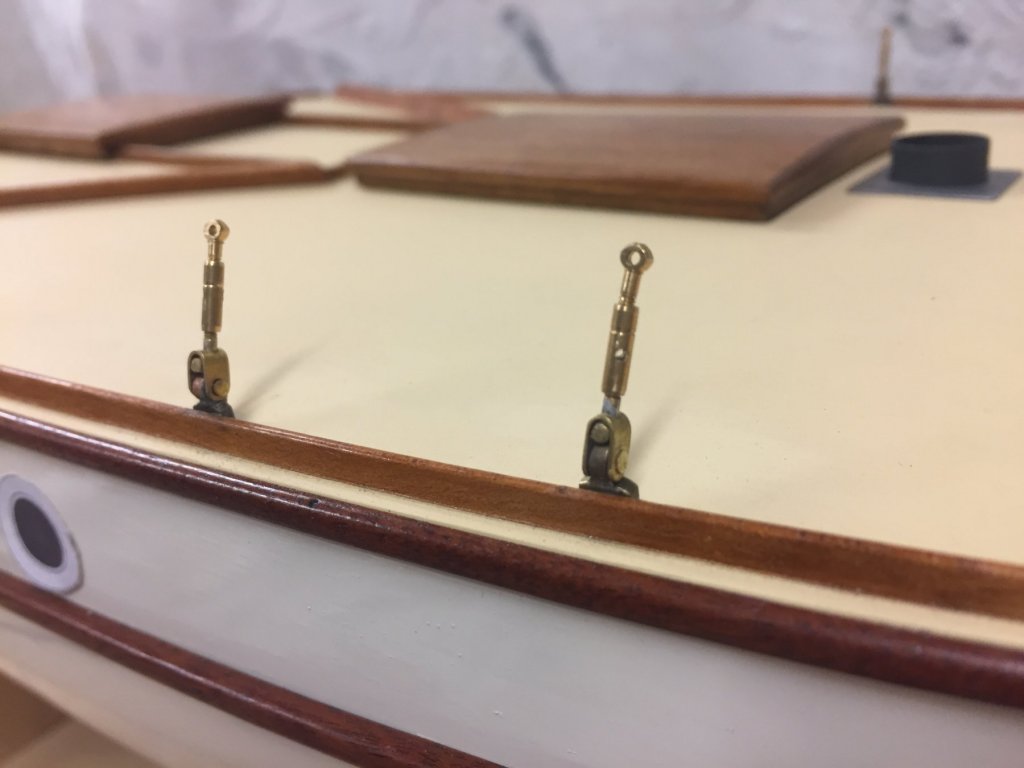
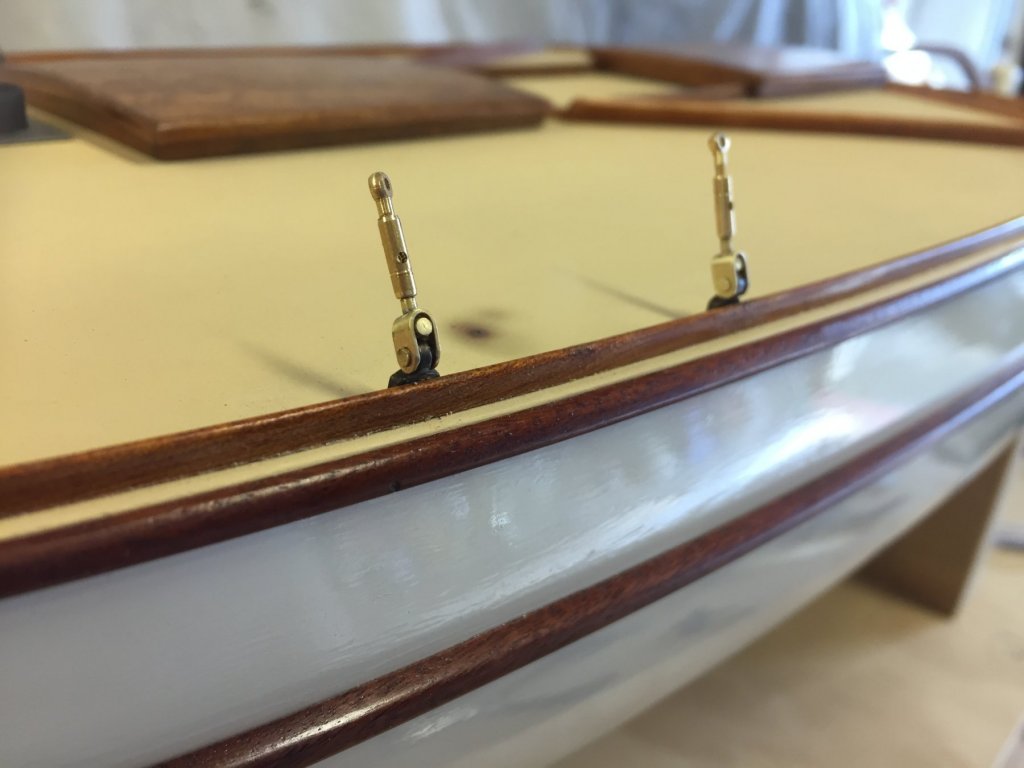
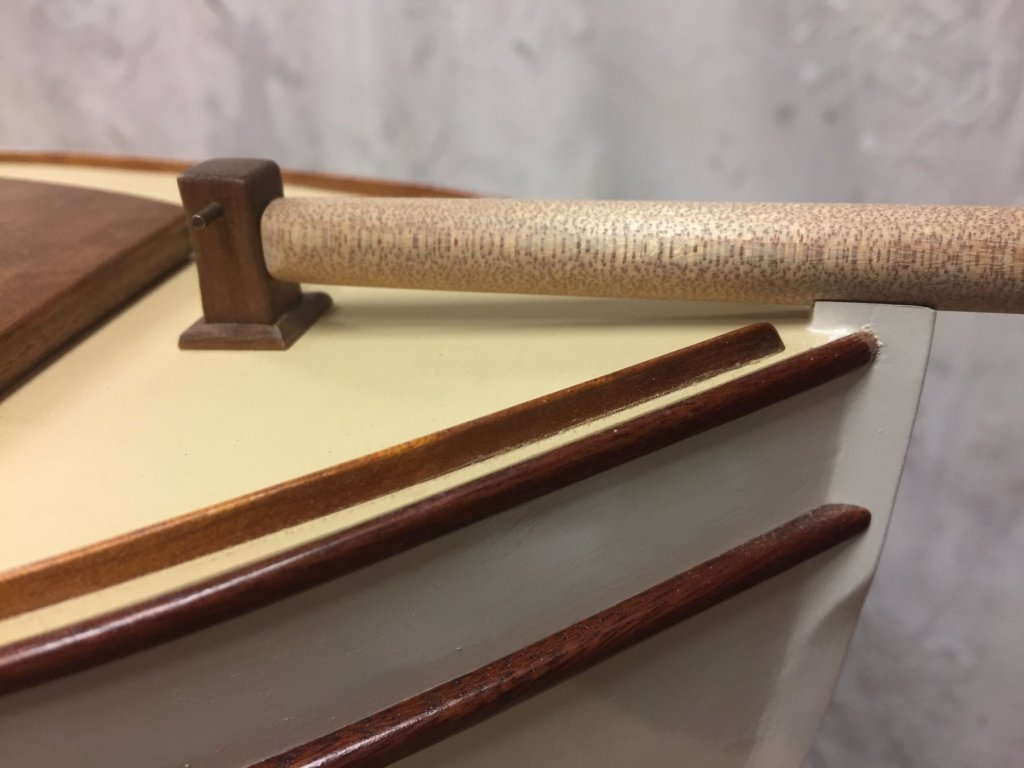
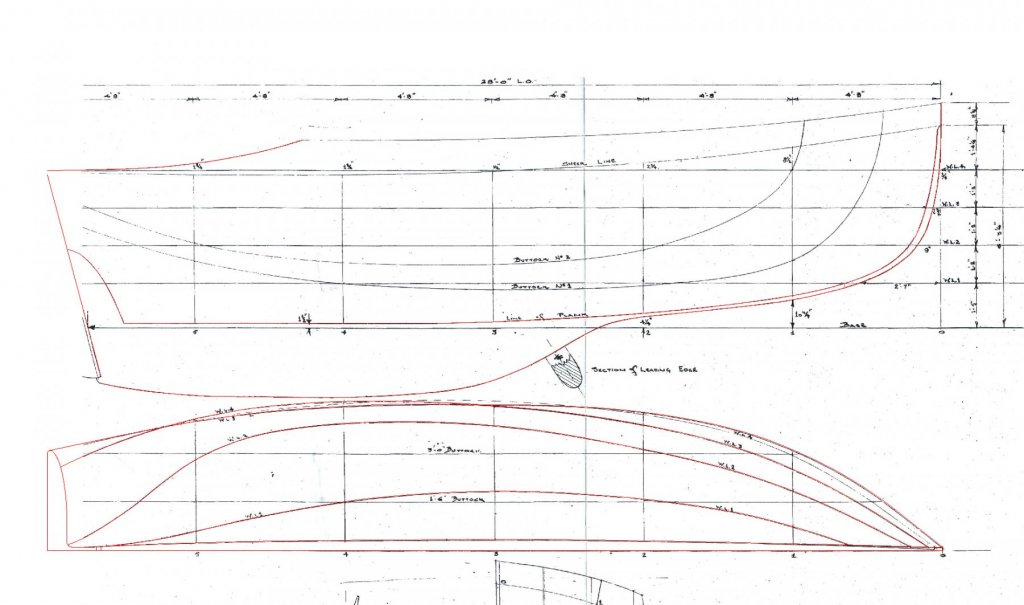
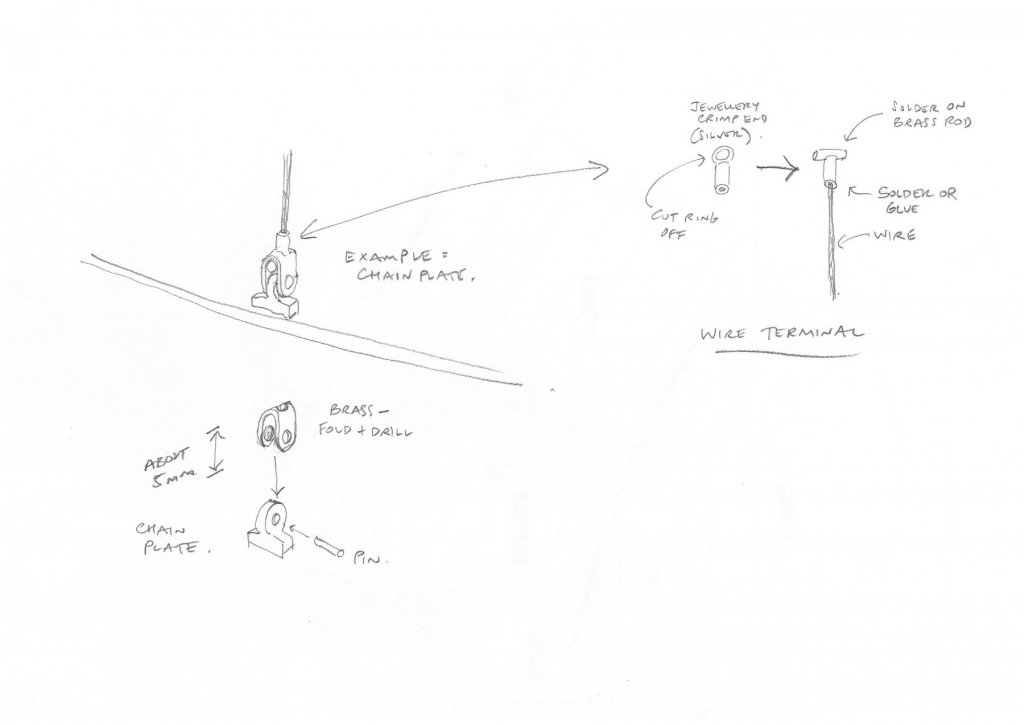
28' Ranger-type Yacht by Mark Pearse - FINISHED - 1:12
in - Build logs for subjects built 1901 - Present Day
Posted
I managed a couple of hours today of happy modelling & made the whisker stay turnbuckle connections. And this time I thought I'd photograph how I made them, I doubt the technique is original but it is interesting to see how others do things & I've been a bit reluctant considering the refined techniques that others here are masters of - but it's time to be "out & proud" as they say....no more being sheepish about using mediaeval technology.
The whisker stay chainplates were already made, & I had purchased some very nice - & well scaled - turnbuckles. The turnbuckles had previously had one end converted from an eyelet to a T end, to allow this junction. The point of the junction is to have the turnbuckle directly connected to the chainplate, similar to an actual rigging detail.
The basic equipment - rod, think flat bar & a thicker flat bar for use as a spacer:
Bend the thin flat bar, the rod is what I used for the T end of the turnbuckle so it's the correct diameter for the inside of the U:
Drill the U bend in the flat bar, the turnbuckle shaft will go through here:
Clean up the inside of the U (the sanding block is on 1.5mm styrene, with a rounded edge):
Clamp the spacer & squeeze the U closed a bit more, the thickness of the spacer matches the width of the chain plate eyelet:
Drill through both:
Make a rivet, thicken the end with some gentle taps:
Roughly assembled:
Cleaned up & fully assembled:
15 seconds in the darkening solution, then installed on the hull by glueing the chainplate rivets into holes in the hull: